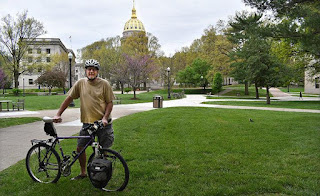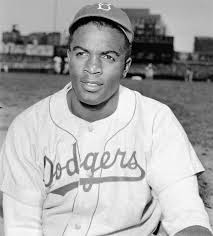An old civil-rights activist, now gone, once told me a joke she'd heard about the state in which she grew up: A couple of sherriff's deputies find the body of a Black man on a river bank. His hands and feet are tied, and there's a noose around his neck.
"Dang!," one exclaimed. "They've sure got some strange ways of commitin' suicide."
That joke is, of course, a commentary on race relations. But it also points to something that I've come to believe. Call me a cynic, but I think too many police officers' first impulse in any situation is to blame the victim.
Such a reaction, I think, has several sources. An obvious one is that constables tend to be suspicious of everyone. For some, it might be innate, but for others, I'm sure it comes from dealing with the worst people and worst moments. Another, I think, is police training: They are taught to be ready for anything and everything and, because of policing culture, they can't or don't understand why other people aren't prepared for something they couldn't have foreseen. So, they come to believe, if they didn't before they became officers, that if something happens to you, you must have done something wrong.
There is something else that, in some situations, can cause law enforcement officers to blame the victim: their ignorance of the law. Such was the case of Obianuju Osuegbo. In August 2020, when she was 17 years old, she was riding her bicycle home in Barrow County, just east of Atlanta. A driver struck and killed her.
 |
| Obianuju Osuegbo |
The Georgia State Patrol's Collision Reconstruction Team blamed Osuegbo for her death. Their reasons? Her bike didn't have a light on the rear. And she wasn't wearing reflective clothing or riding on the right side of the road.
On their face, those reasons could help to establish fault with the teenager, but wouldn't be enough, by themselves, to affix blame. (At least, that's my guess. I'm not a lawyer.) However, Bruce Hagen, the family's attorney, pointed out that state statutes say only that a bicycle must have a light only if it doesn't have reflectors--which Osuegbo's bike had.
About riding on the right side of the road: She was turning left, so she couldn't have been on either side of the road. Also, the law states, "vehicles which approach from the rear, any other vehicle or vehicles stopped or slowed to make a lawful turn shall be deemed to be following the purposes of this code section."
Hagen, who conducts bike law training for police officers, said that the responding officer and GSP team investigated the crash, but were unfamiliar with the Georgia laws. The officer and team, however, surely must have been familiar with another law because, well, pretty much every place in the Western world has it, in one form or another: the prohibition against Driving Under The Influence. The motor vehicle operator, Chrissy Rawlins (Is that a Georgia name, or what?) was high on multiple drugs, including methamphetamine and Valium when she ran into Osuegbo.
She was indeed charged with DUI and for endangering the welfare of her children, who were with her in the car. Hagen is seeking to have her charged with vehicular manslaughter.
He and Obanuju's mother, Pauline Osuegbo, say they will not stop until they get justice.
























.jpg)




